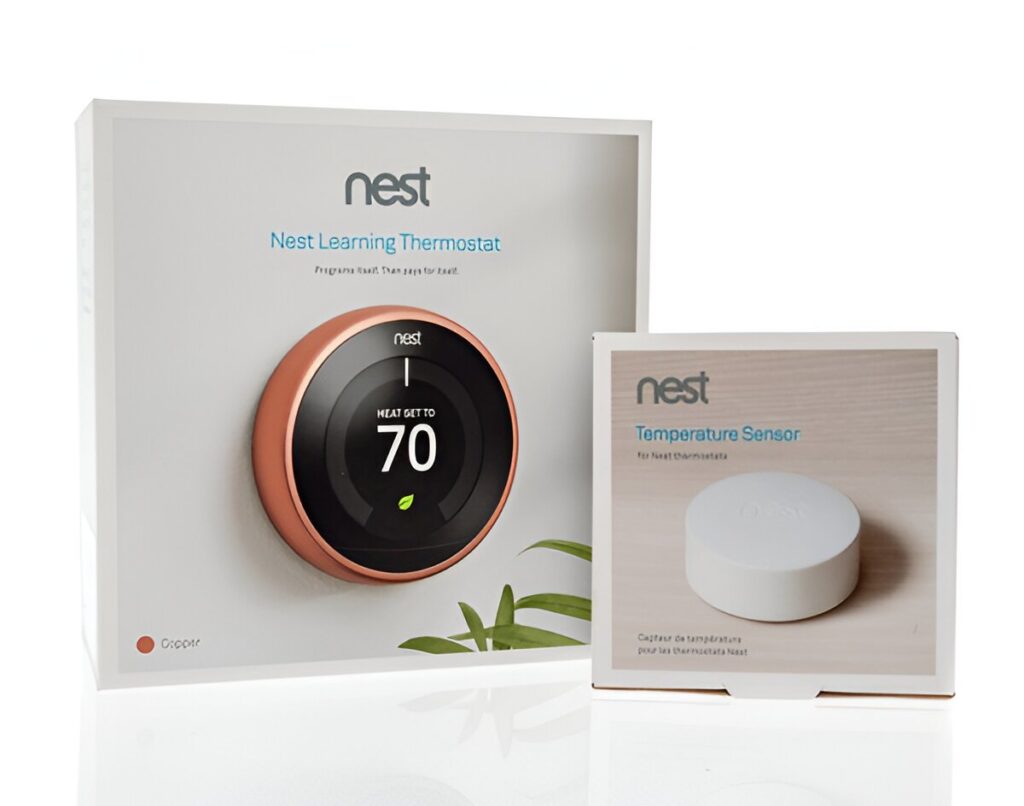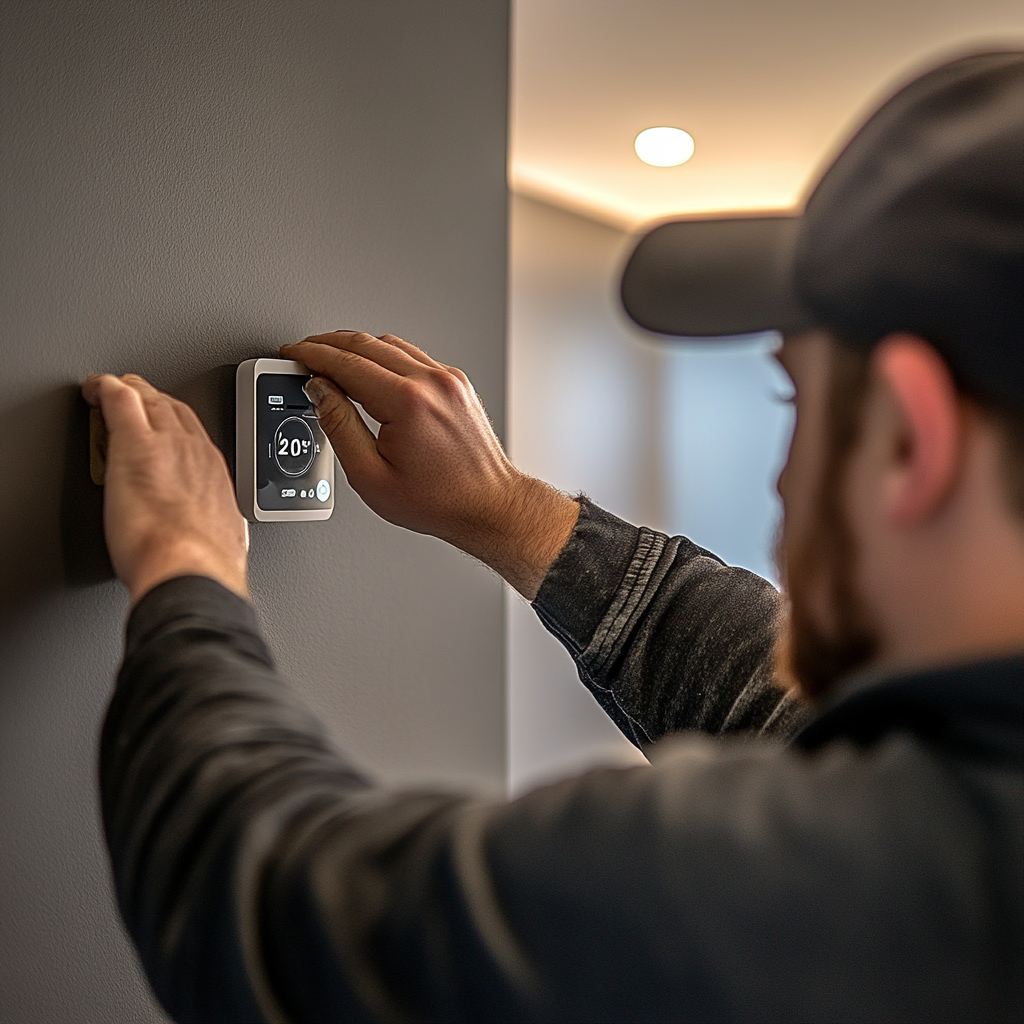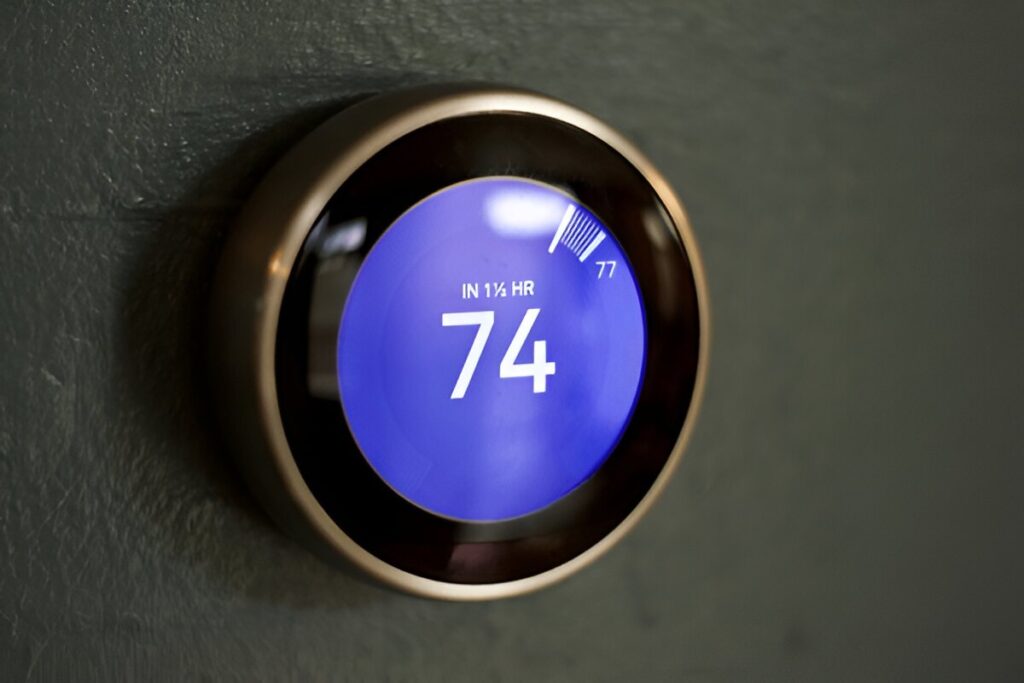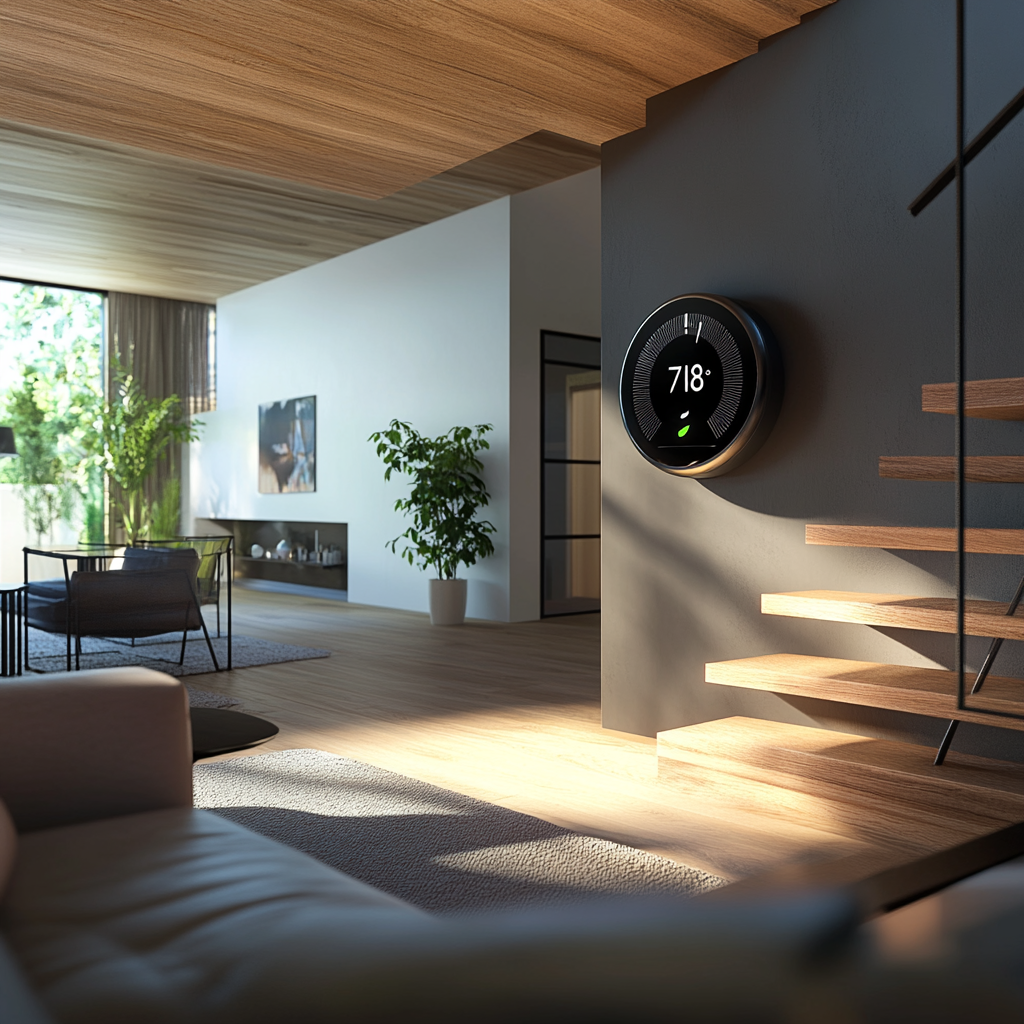Choosing the Right Smart Thermostat for Your Home
In today’s fast-paced, tech-savvy world, a smart thermostat isn’t just a gadget; it’s a lifestyle upgrade. Both Google Nest and Ecobee offer premium thermostats with unique features, but which one is best suited for your needs? In this article, we’ll dive deep into the features, performance, and overall benefits of each, so you can make an informed decision on the best smart thermostat for your home.
1. What Are Smart Thermostats?
Smart thermostats are devices that go beyond temperature control. They learn your preferences, connect with your other smart devices, and help reduce energy costs by managing heating and cooling more efficiently.
How Smart Thermostats Save Energy
According to Energy Star, homeowners can save 10-15% on heating and cooling bills by switching to a smart thermostat. By learning your habits, these thermostats adjust settings to save energy without compromising comfort.
Explore energy-saving benefits from Energy Star.
2. Google Nest vs Ecobee: An Overview

Before diving into specifics, let’s take a quick look at what each brand offers in terms of smart thermostats.
• Google Nest: Known for sleek design and AI-driven learning capabilities.
• Ecobee: Known for integrating smart sensors and prioritizing eco-friendly features.
CTA: Ready to discover which smart thermostat fits your needs? Let’s dive into the features.
3. Design and Display: First Impressions
Google Nest’s Minimalist Design
The Google Nest thermostat’s design is clean and simple, blending into any modern home. With a large display that lights up when you approach, it’s both stylish and functional.
Ecobee’s User-Friendly Interface
Ecobee features a responsive touchscreen and a slightly larger display, making it easy for users to interact with.
CTA: Interested in design-focused features? Check out our guide on the top smart home devices! Top Smart Home Devices.
4. Installation: Which Is Easier to Set Up?

Google Nest: Quick DIY Setup
Google Nest provides straightforward installation instructions, which can be a DIY project for most homeowners.
Ecobee: Simple Setup with Extra Wiring
Ecobee is also easy to install, but its additional sensor wiring can require professional help.
Pro Tip: Not comfortable with installation? A quick call to a local HVAC professional can make the process seamless.
5. Learning Capabilities: Smart Automation and AI Integration
Google Nest’s Machine Learning
Google Nest uses AI learning to automatically adjust to your habits, even as they change over time.
Ecobee’s Focus on Adaptability
Ecobee doesn’t use the same level of AI learning but offers great flexibility with sensors that adapt to room occupancy.
6. Temperature Control and Sensors
Google Nest: Focused on Whole-Home Comfort
Google Nest’s sensors focus on general area comfort but lack room-specific adjustments.
Ecobee: Room-Specific Comfort Control
Ecobee’s additional room sensors make it ideal for homes with rooms that vary in temperature.
CTA: Wondering if Ecobee’s sensors are worth it? Find out why room-specific comfort makes a difference. Room-Specific Comfort in Smart Thermostats.

7. Voice Control and Smart Home Integration
Both thermostats integrate with popular voice assistants, but let’s see how they stack up:
Google Nest’s Seamless Google Integration
Designed to work effortlessly with Google Assistant, Nest offers smooth integration for Google-focused smart homes.
Ecobee’s Cross-Platform Compatibility
Ecobee works with Amazon Alexa, Google Assistant, and Apple HomeKit, offering greater versatility for homes with mixed devices.
Looking for a thermostat that plays well with multiple devices? Ecobee might be your answer.
8. App Experience and Remote Control
Both Ecobee and Nest allow users to control their thermostats remotely, but the user experience varies slightly.
Google Nest: Simple, Intuitive App Design
Nest’s app is highly intuitive, offering easy scheduling and energy reports. The clean layout makes it user-friendly.
Ecobee: Comprehensive Control Options
Ecobee’s app includes detailed control options for room sensors and temperature zones, giving users more fine-grained control.
Explore more about app control and compatibility by visiting the Nest support page.
9. Energy-Saving Reports: Understanding Your Usage

Google Nest: Monthly Energy Reports
Nest provides monthly energy usage reports that show users where they can improve energy efficiency.
Ecobee’s Detailed Energy Data
Ecobee takes energy monitoring a step further by offering detailed daily data through its app.
10. Cost Comparison: Which Offers the Best Value?
Let’s look at the prices and potential savings of each:
Google Nest: Higher Initial Cost with AI Features
The Google Nest costs slightly more due to its AI-driven features and sleek design, but it can still pay for itself over time with energy savings.
Ecobee: Moderate Cost with Sensor Flexibility
Ecobee’s pricing is competitive, and its sensors offer added value for larger homes that need room-specific adjustments.
Learn how these thermostats can save you money in the long run by visiting Energy Efficiency.
11. Pros and Cons
Feature Google Nest Ecobee
Learning Capability High AI-driven learning Adaptive sensors
Voice Control Google Assistant only Alexa, Google, and HomeKit
Room Sensors No room-specific sensors Yes, room-specific control
Installation Easy Easy, but additional wiring needed
Energy Reports Monthly Detailed daily reports
Need a quick comparison? Use this table to decide which thermostat is best for you!
12. Security and Privacy
Google Nest: Strong Security Protocols
Google Nest has robust security, including two-factor authentication and encrypted data.
Ecobee: Privacy-First Approach
Ecobee prioritizes data privacy and offers customizable privacy settings.
Protecting your data? Learn more about secure smart devices here.
13. Environmental Impact
Both Nest and Ecobee are eco-friendly choices, but they contribute in slightly different ways.
• Google Nest: Focuses on energy reduction and efficiency.
• Ecobee: Uses recycled materials in their products.
14. Which Should You Choose? Google Nest or Ecobee?
It all comes down to personal preference and home setup. If you’re focused on AI learning and Google Assistant integration, Google Nest is the way to go. For homes with varied room temperatures or Apple HomeKit compatibility, Ecobee could be the better option.
Conclusion: Making the Smart Choice
Choosing between Google Nest and Ecobee depends on your home’s unique needs and your preferences for compatibility, control, and cost. Whichever you choose, both thermostats offer a greener, more comfortable home.
FAQs
1. Can I install Google Nest or Ecobee myself?
Yes, both thermostats are designed for easy DIY installation, but professional help is recommended for complex HVAC systems.
2. Which thermostat works best with Alexa?
Ecobee is better suited for Amazon Alexa as it has native integration.
3. Do both thermostats offer energy-saving reports?
Yes, both Google Nest and Ecobee provide energy-saving reports to help track your usage.
4. Are there additional sensors available for Google Nest?
No, Nest does not offer room-specific sensors, while Ecobee includes them.
5. Can I use these thermostats with Apple HomeKit?
Ecobee is compatible with Apple HomeKit, while Google Nest is not.
MidJourney Prompt for Blog Images:
1. Title 1 (Blog Cover Image): “Google Nest vs. Ecobee Showdown”
“A cinematic, ultra-realistic image showing Google Nest and Ecobee smart thermostats side-by-side in a modern home setup.”
2. Title 2 (Key Element Image 1): “Smart Thermostat Installation”
*“Realistic image of a person installing a smart thermostat on a wall, showcasing the DIY aspect.”

